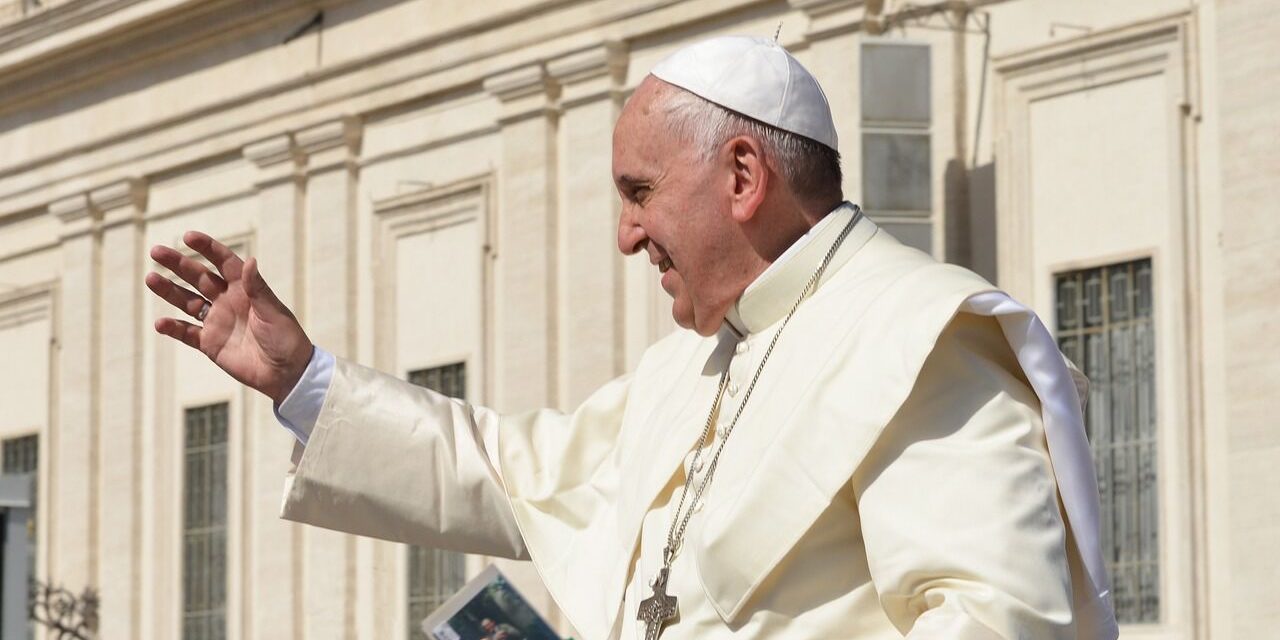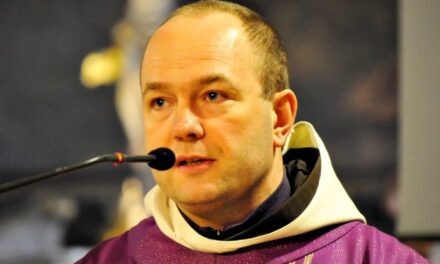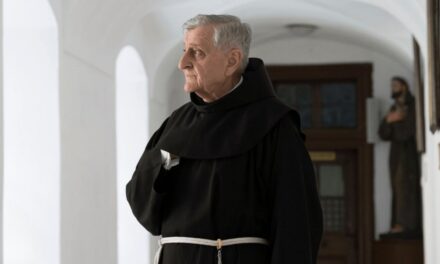Heeding the request of the Ukrainian bishops' conference, Pope Francis will offer Russia and Ukraine to the Immaculate Heart of Mary on Friday, March 25, as part of the penance ceremony starting at 5 p.m. in St. Peter's Basilica. Mariologist Zoltán Kovács, rector of the Archbishop's Priest Education Institute in Esztergom, explained to the Magyar Kurír what exactly is the background of the request and what will happen.
The paper says: March 25th is the main celebration of the birth of our Lord, as it is called in the Hungarian folk liturgical language: The Day of the Fruit-Better. Nine months before Christmas, we celebrate the "inoculation" of the divine Fruit, that is, the fact that, through the regenerating power of the Holy Spirit, the eternal Word took flesh so that it could be born as a God-man from the Virgin of Nazareth, "for us, people, for our salvation". God is also able to touch the roots, the depths of human hearts and events, in order to radically remedy everything that sin decides to deteriorate. This year, this day is of particular significance: Pope Francis, hearing the appeal of the Ukrainian bishops with a heart that understands, commends Ukraine and Russia to the Immaculate Heart of Mary, so that where human sins prevail, grace may once again overflow (cf. Rom 5:20).
According to Zoltán Kovács, in order to dispel possible misconceptions related to this in time, it is first of all necessary to clarify some concepts.
In the Magyar Kurír article, it is emphasized that before anyone thinks that this is one of the "current wild drives" of "Catholic idolatry", it must be stated, following the ideas of the world-famous Mariologist Stefano De Fiores (1933-2012), that
The Heart of Mary should not be understood as a "new resource" that saves the world, but rather as one of the significant manifestations of divine love towards humanity that actually saves the world.
The Mariologist continues that the caring love of the Heart of the Mother of God is not only shown in the life of her Son, but also in the direction of the "beloved disciple" entrusted by the Son dying on the cross to the care of his Mother - the apostle John - and the "beloved disciples" of all times - the believers in Christ. "is lengthened" ("Behold, your son"; Jn 19,26). He adds: The Mother of God is also the Mother of the Church: she is the mother of Christ, the Head of the Church, and therefore - in a spiritual sense - the mother of the members of Christ's mysterious Body, that is, of the baptized. She welcomes into her Motherly Heart the persons recommended to her - but also nations and good causes - thus showing her intercessory love towards her children, the "brothers" of her Son.
Zoltán Kovács also mentions in the article that St. II. Following the teachings of Pope John Paul II, we can say: "Mary's intercession is closely related to her motherhood, it is specifically maternal in nature, and this distinguishes her from the intercession of all other creatures, who share in different ways, but always in a 'subordinate way', in the sole mediation of Christ" (Redemptoris Mater, 38).
In his writing, he emphasizes that there is no question of God "limiting" his own actions by being able to hear any prayer only through his Servant Daughter, she is also above the Mother of God. According to him, the rather "functional" approach characteristic of the late Middle Ages, according to which Mary is like the "neck", which acts as an unavoidable channel between the Head and the members of the body, should also be avoided. Not only do we come to Jesus through Mary (per Mariam ad Iesum), but we also walk the pilgrimage of our lives together with Mary.
In this regard, Zoltán Kovács reminds us that in the year of the 100th anniversary of the Fatima apparitions, Servite professor Salvatore M. Perrella also visited our country. Quoting him: "In the acts of consecration, offering, dedication - all expressions with a similar meaning, which bring a relationship and filial trust in Mary [...] in the experience of the believer [...], precisely because it attests to the inseparable relationship between the Virgin and the believer in the from the triune God, who is the source, meaning and purpose of all cults and religious reverence (cf. Lumen gentium, 66-67), a religious act appears: the believer's piety, the pious practices, which are fulfilled in consecration and offering to Christ through Mary .”
According to the rector, it is also clear from these words that we often do not use the technical term of recommending Mary correctly.
He explains that the 2002 document of the Congregation for Worship and Sacraments, The Directory of Popular Piety and Liturgy, also reminds us: "Nowadays, due to the development of liturgical theology and the need for a consistent use of different terms, it is recommended to leave the term "sanctification" for that case , when it is a question of self-surrender whose recipient is God himself, so it is a question of self-surrender in its entirety, forever, which is guaranteed by the participation of the Church" (n. 204).
In fact, all kinds of sanctification and consecration originate from God, as the one who sanctifies and makes his creatures sanctified, he writes in Magyar Kurír. More details can be found here.
Source: Sunday/Hungarian Kurir
Image: Pixabay













